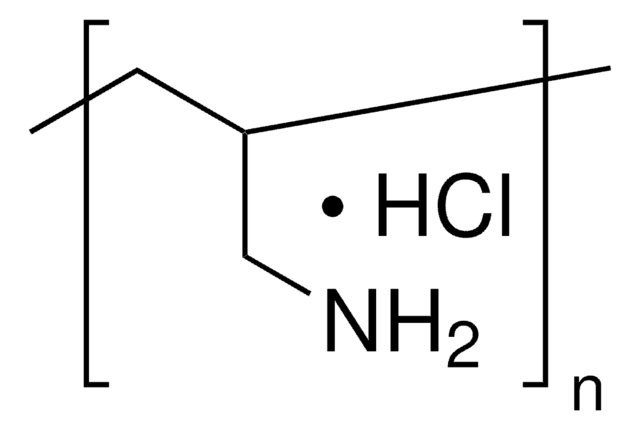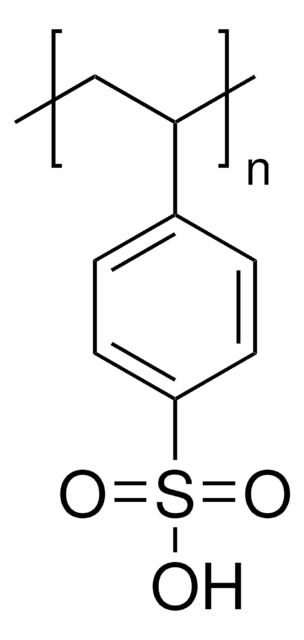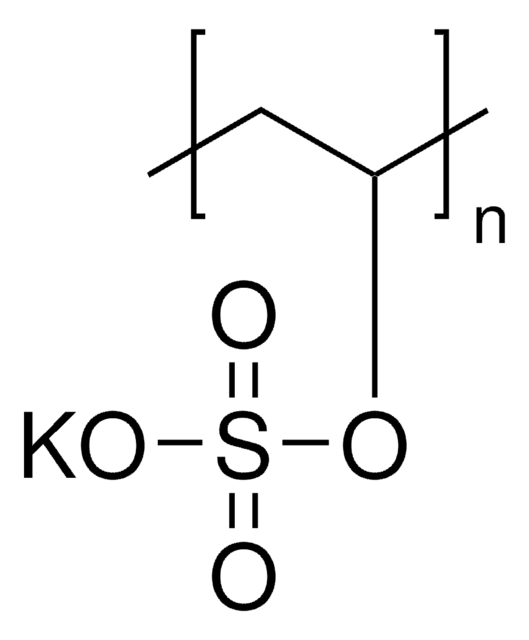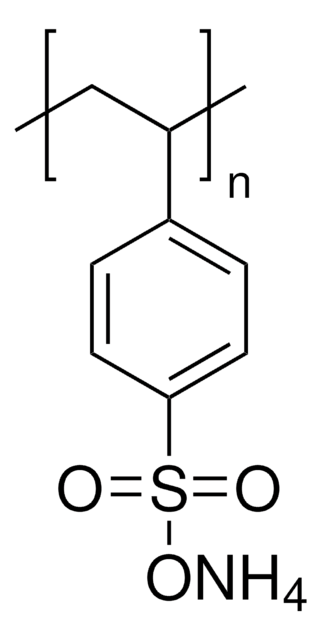409022
Poly(diallyldimethylammonium chloride) solution
average Mw 200,000-350,000 (medium molecular weight), 20 wt. % in H2O
Sinónimos:
PDADMAC
About This Item
Productos recomendados
form
viscous liquid
Quality Level
mol wt
average Mw 200,000-350,000 (medium molecular weight)
concentration
20 wt. % in H2O
refractive index
n20/D 1.375
viscosity
250-500 cP(25 °C, Brookfield)
density
1.04 g/mL at 25 °C
SMILES string
[Cl-].[N+](CC=C)(CC=C)(C)C
InChI
1S/C8H16N.ClH/c1-5-7-9(3,4)8-6-2;/h5-6H,1-2,7-8H2,3-4H3;1H/q+1;/p-1
InChI key
GQOKIYDTHHZSCJ-UHFFFAOYSA-M
¿Está buscando productos similares? Visita Guía de comparación de productos
Categorías relacionadas
General description
Application
Storage Class
10 - Combustible liquids
wgk_germany
WGK 1
flash_point_f
Not applicable
flash_point_c
Not applicable
ppe
Eyeshields, Gloves, multi-purpose combination respirator cartridge (US)
Elija entre una de las versiones más recientes:
¿Ya tiene este producto?
Encuentre la documentación para los productos que ha comprado recientemente en la Biblioteca de documentos.
Los clientes también vieron
Artículos
We present an article that discusses two applications in particular; first, using these layers as polyelectrolyte membranes to control permeability.
Nuestro equipo de científicos tiene experiencia en todas las áreas de investigación: Ciencias de la vida, Ciencia de los materiales, Síntesis química, Cromatografía, Analítica y muchas otras.
Póngase en contacto con el Servicio técnico
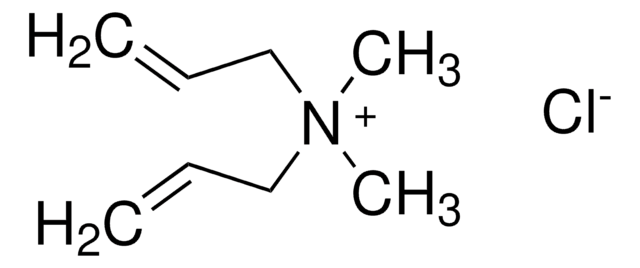
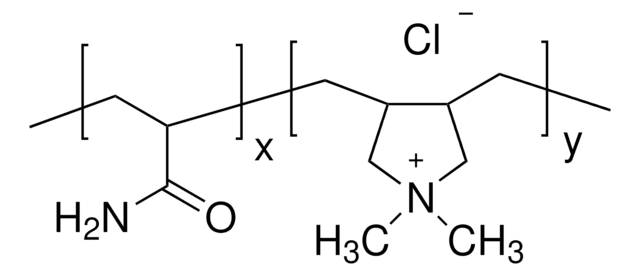
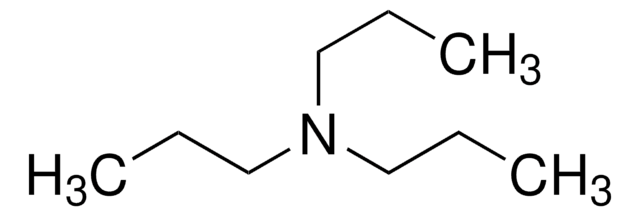
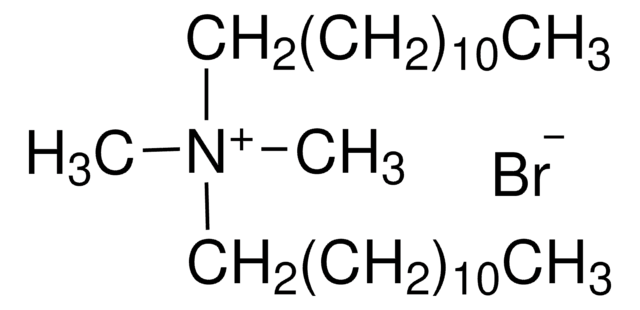
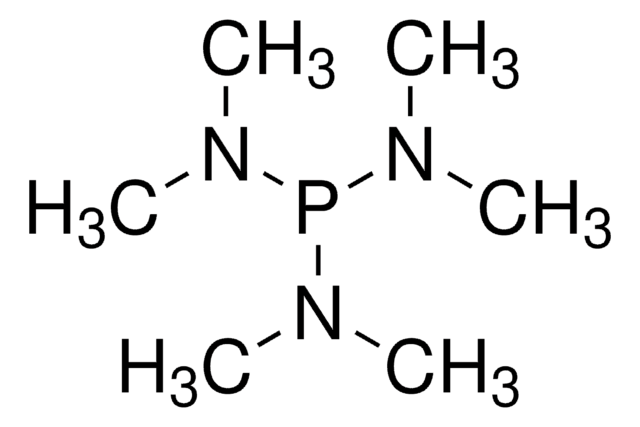
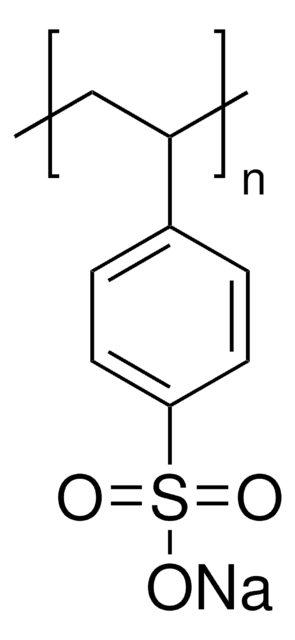
![Poly[bis(2-chloroethyl) ether-alt-1,3-bis[3-(dimethylamino)propyl]urea] quaternized, solution 62 wt. % in H2O](/deepweb/assets/sigmaaldrich/product/structures/139/843/f0b4a2ac-de44-4fb5-ab36-a700daaf8aa5/640/f0b4a2ac-de44-4fb5-ab36-a700daaf8aa5.png)
